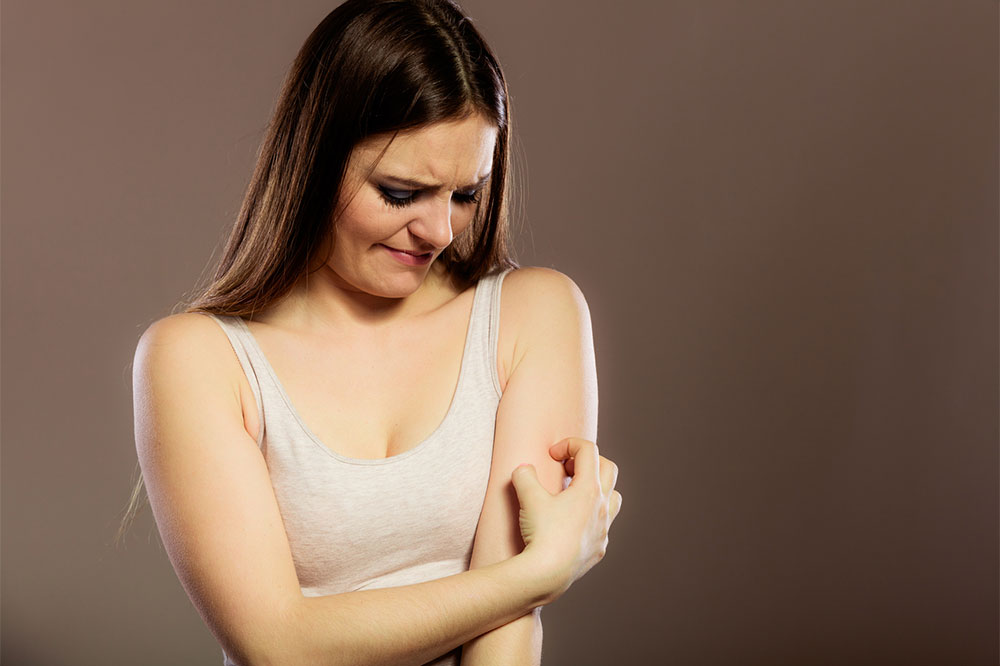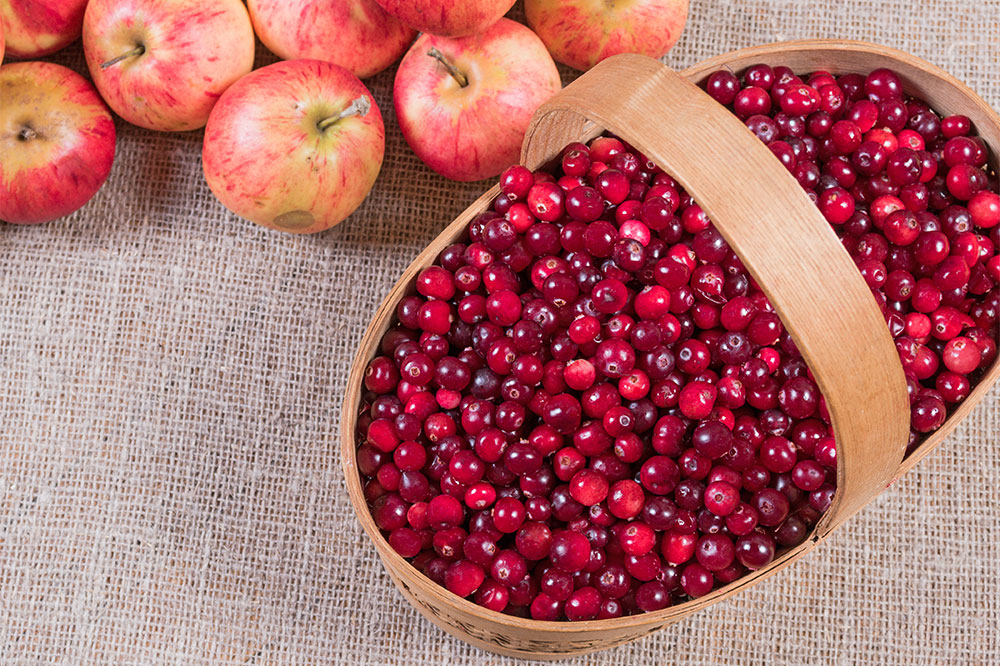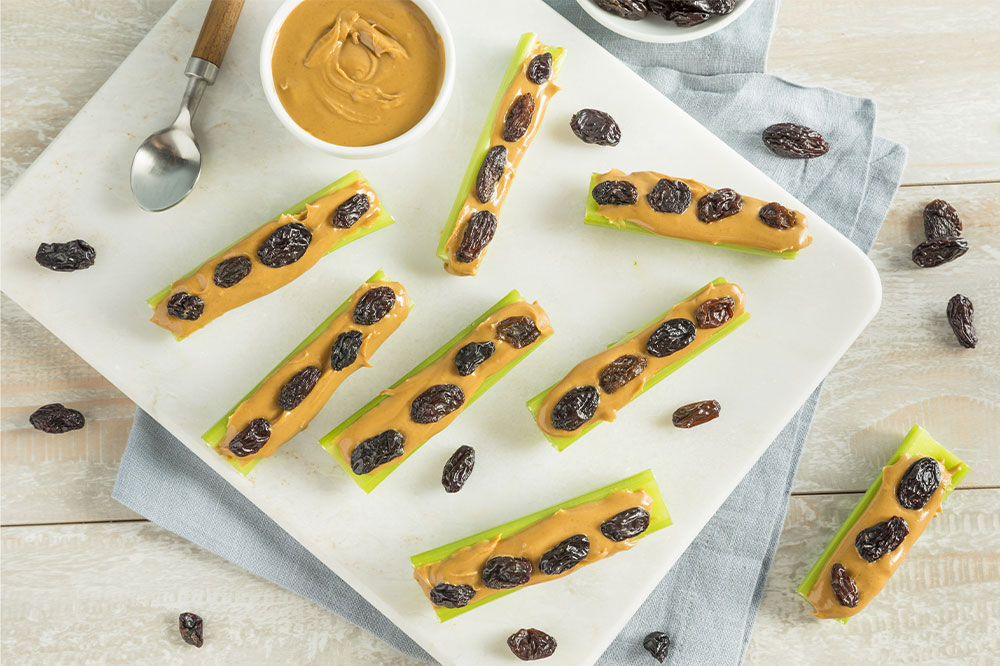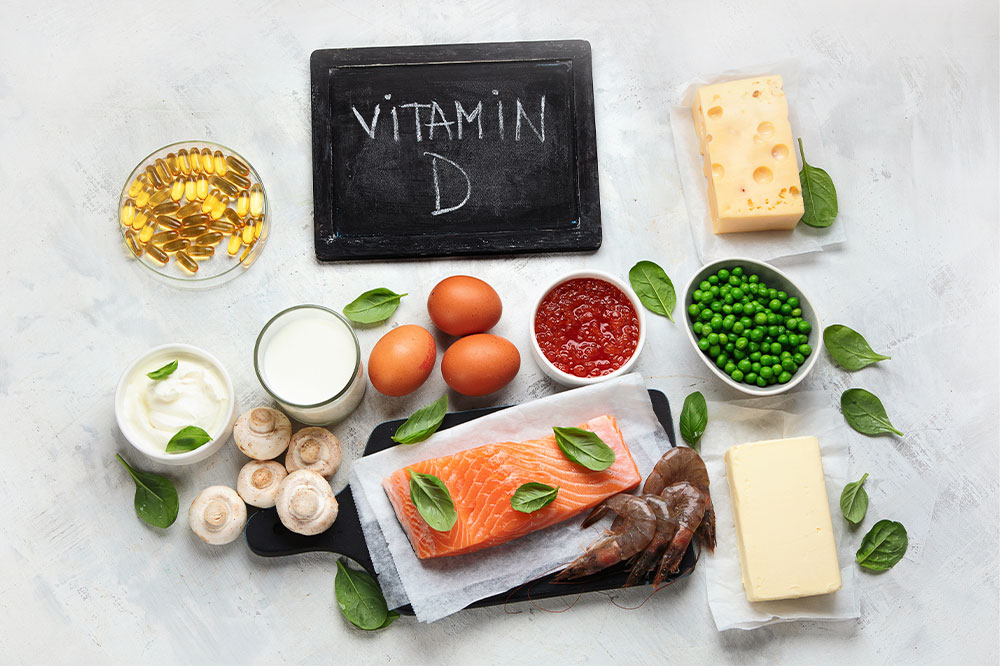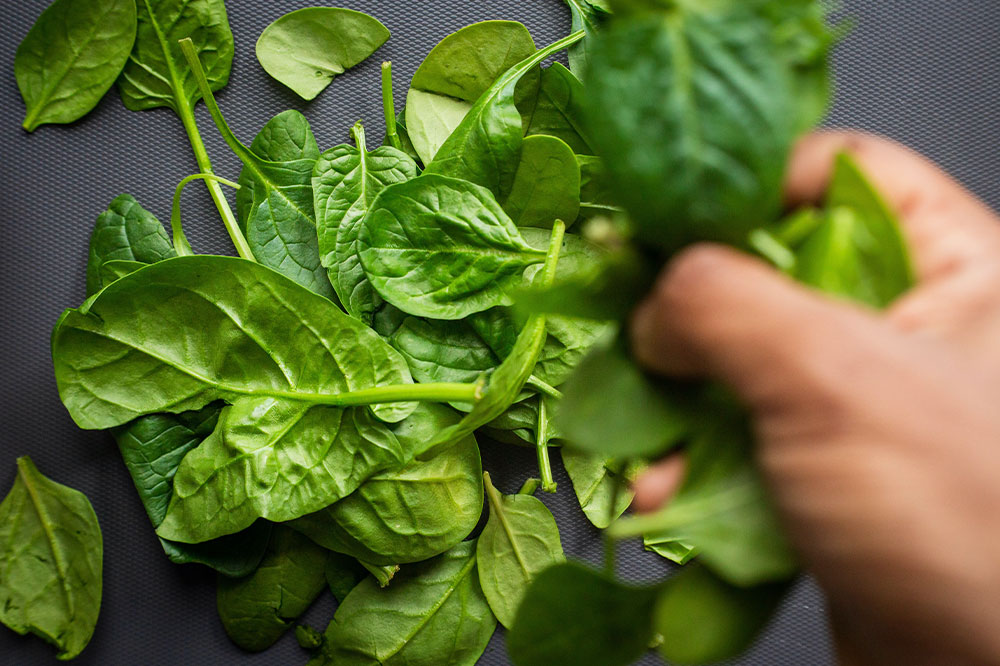6 signs of Dupuytren’s contracture

The connective tissue in the palm, generally flexible and loose, may begin to abnormally thicken or tighten. This is known as Dupuytren’s contracture. Here, the fingers can begin bending toward the palm and are unable to straighten completely. The condition most commonly affects fingers away from the thumb—the ring and pinky finger and can affect one or both hands. Here are a few signs of the condition one should not ignore:
1. Nodules in the palm
The presence of lumps or nodules in the palm could be a warning sign of Dupuytren’s contracture. These nodules are generally observed at the base of the fingers, right where they meet the palm. One may be able to feel or even see a hard lump as an early sign. The appearance of nodules indicates that the condition is starting to spread through the connective tissue or the palmar fascia of the palm. The lumps could be painful or painless and may go away without any treatment. The lumps can also make the surrounding skin appear dimpled or puckered, leading to pits or grooves in the skin that are compressed by the contracted finger. These areas can become sore and lead to skin loss if they do not heal in time. One might not develop any other symptoms apart from the lump. However, one should keep an eye out for this sign and get it examined to prevent further complications associated with Dupuytren’s contracture.
2. Cords in the palm
Another sign of Dupuytre’s contracture is the presence of cords or bands on the palm. The nodules that initially develop due to the condition can thicken and stretch with time, turning into cords of tissues in the palm. These cords then pull on the fingers, bending them towards the inside of the palm. To treat this symptom, doctors usually use prescription treatment to dissolve the cords and help the hand relax.
3. Contracture
This is an advanced symptom that gives the condition its name. What happens here is that the cords on the palm can tighten and thicken over time, worsening the pull on the fingers. When it becomes impossible to extend or straighten the affected fingers away from the palm, it is called a contracture. This symptom can begin causing discomfort and interfering with day-to-day activities. While reaching this stage is not a given for everyone with this condition, over time, nodules and cords can worsen, leading to a contracture.
4. Inability to flex the palm
When dealing with Dupuytren’s contracture, one may have a hard time stretching their palms flat on any surface. The presence of nodules or cords can keep their palms loosely or tightly cupped for long periods. This might even make it difficult for one to carry out everyday tasks like eating, drinking, taking a shower, or holding objects. One can identify and confirm this sign using the tabletop test. All they have to do is try to place their palm on a flat surface. If they are unable to do so, they should consult a doctor.
5. Tenderness and itching
Dupuytren’s contracture may not always cause pain in the palms. However, some people with the condition may experience discomfort to an extent. Some may also experience tenderness, itching, pressure, and burning sensation in the palms, which are rare signs of the condition. This can also be accompanied by inflammation and swelling. Upon noticing such signs, one should consult a doctor.
6. Issues moving the hands
As the condition impacts the normal position of the fingers, it can affect the movement of palms and fingers. The hand may also not work as it normally would. So, tasks like washing the face can become harder, although not completely unachievable. However, Dupuytren’s contracture does not make one entirely unable to hold or grip things. One may still be able to form a fist. Nevertheless, they may experience a limited range of motion in both the fingers and the hand. So, they may need to make some changes and figure out how to hold things differently. Due to the inability to flex the palm and bend the fingers, one may be unable to wear gloves. As one may also be unable to move their fingers closer or farther away from each other, they may find it difficult to put their hands comfortably into a pocket or wallet.
The condition typically develops without warning. However, it is important to note that Dupuytren’s contracture is progressive in nature and can take years to worsen. In some cases, it can take as long as decades. The condition is more common among men than women and typically affects those over 50 years of age. But, a family history of the condition can make one more likely to develop Dupuytren’s contracture. Unhealthy lifestyle choices can also increase the likelihood. Further, those with diabetes may be at a higher risk of developing the condition. Nevertheless, the condition can affect anyone. So, one should keep an eye out for the abovementioned signs and consult a doctor to find an appropriate course of action. While there is no permanent cure for the condition, its symptoms can be managed in a few ways.
